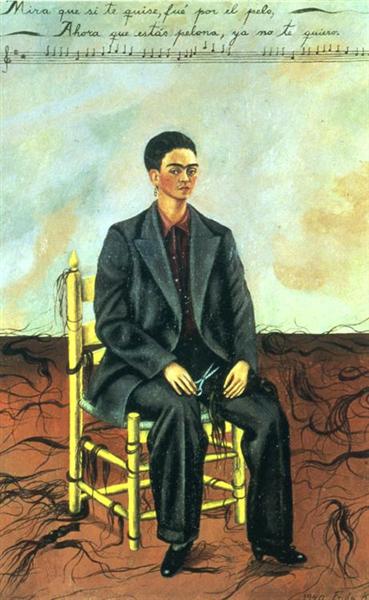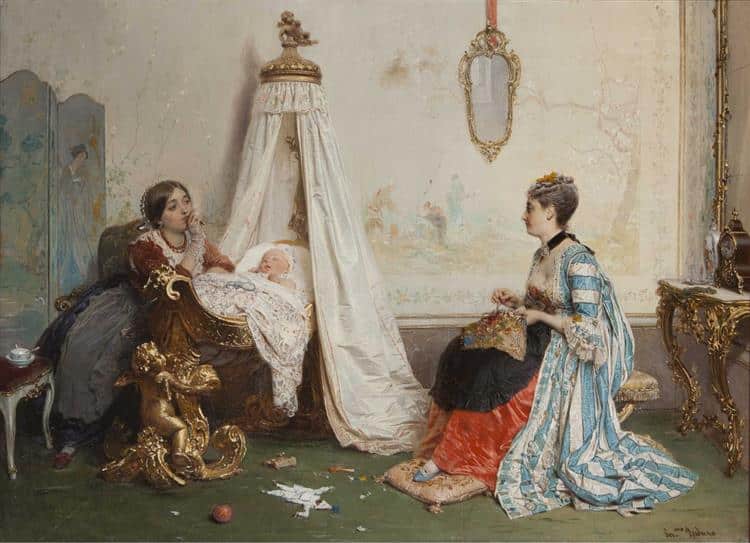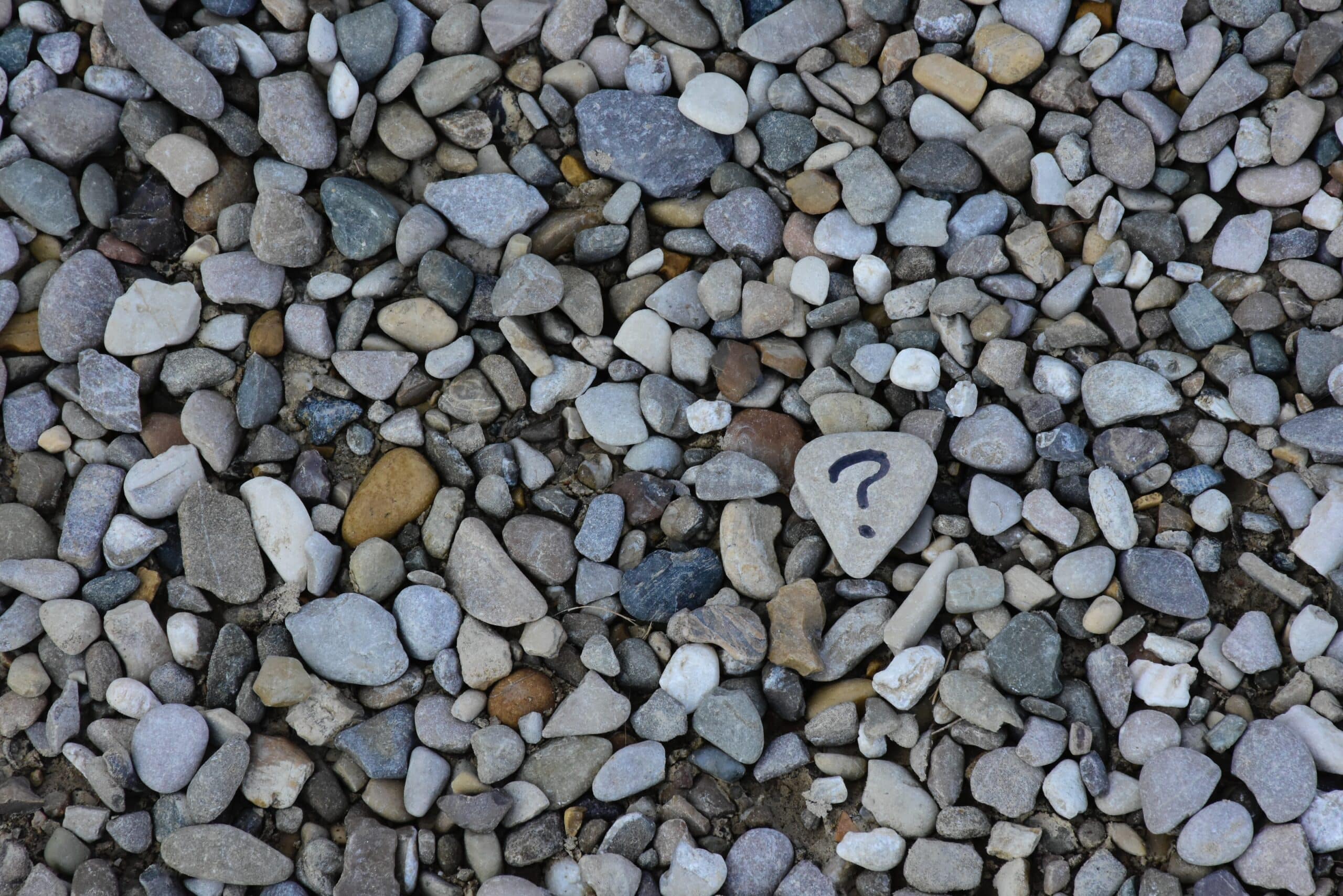Scholars are often aware that there are new ways to collect and analyse data with innovative methods, but it is not always clear what the actual options are or how new techniques can be developed along the way. Social psychologist Eftychia Stamkou approached the ODISSEI Social Data Science (SoDa) team to discuss if and how it would be possible to develop a model that can distinguish conformist and non-conformist gender expressions in art: ‘My research dream is that we can apply this to a large corpus, to see how gender is represented over time in the history of art.’

Dr. Stamkou is an Assistant Professor at the University of Amsterdam with a strong love for art. This love found its way into her research. ‘I’m interested in the social perception of art, and how consumers and receivers of art react to it. It’s not only about whether people like it or not, but also how this might change their way of thinking about certain topics. I study art as a cultural product that both reflects cultural trends, and carries the potential to initiate new cultural trends. There is a dynamic relationship between art and social reality, and that interests me from a psychologists’ point of view.’
She heard about SoDa from a colleague and decided to get in touch with them with some questions on challenging data that she was working with. ‘As the field of Artificial Intelligence is developing, I feel the need for different gender expressions to be included. My entry in that discourse is through art. In art there are a lot of non-conformist gender portrayals. I wanted to create a collection of artworks that portray gender in conformist and non-conformist ways. Nowadays there is a lot of sensitivity for differences, but where did that come from, and what was the role of art in those developments?’ Stamkou hopes to train a model to be able to see how gender is represented over time, and how this coincides with social movements.
Scraper for art
Together with Javier Garcia-Bernardo and Raoul Schram of the SoDa team, Stamkou created a small initial collection of artworks, which is now steadily growing. SoDa helped her build a scraper that could be used on websites to retrieve artworks from, such as Google Arts & Culture and Wiki Art. The scraper can parse the metadata as well. ‘Now I’m working with a lot of students who swipe artwork after artwork to find non-conformist expressions of gender. We have a growing collection and when we have enough we can feed them into a model.’

With a small sample of artworks, the SoDa team and Stamkou already did some analyses. ‘This was a proof-of-concept collaboration, but it has grown since then: I got in contact with a colleague at the Informatics department and colleagues from Hume.AI who are working on emotion recognition algorithms. Now I’m back in contact with SoDa and we are discussing again how they can help us develop this project further.’
‘What I learned from this experience with SoDa is that when you are trying to cross disciplinary boundaries, there is so much that you still have to learn which you can’t be aware of before you are actually doing it. When I wanted to combine art psychology and AI, there were things that I could not have anticipated because I didn’t know about them.’ Stamkou indicates that her work with SoDa took her out of her comfort zone. ‘When you put your assumptions aside and expose yourself, you realize how much you can grow as a researcher. I am very grateful for this collaboration, even if it would have led to a different outcome.’
Another language
Working with SoDa helped Stamkou to feel less lost in a field that was new to her. When she started meeting with them, it felt as if they were speaking in another language. ‘I trusted them to make the right decisions, but I feel much more comfortable now to ask questions, and I have learned a lot since. And I still want to learn more. I care about representation of different social groups and I want to be involved.’
In the future, Stamkou hopes to develop a website that can be shared with a wider public, on which people can ‘play’ by inserting their own artworks. ‘It would be great if we had a website where people could share their favourite non-conformist artworks. This would be a fantastic way to collect artworks and to understand people’s ideas and norms about art and society.’
About SoDa
The ODISSEI Social Data science (SoDa) team aims to help researchers with questions and support them in conducting their research. For any kind of data-related question, researchers can ask for help from the SoDa Team. Are you not sure whether SoDa can help you? Then it is possible to visit the SoDa Drop-ins, where you can briefly discuss your situation with the SoDa team.
Relevant Links:
- Dr. Eftychia Stamkou
- SoDa website
- Article: First aid for data questions: How SoDa can support researchers with the development of innovative applications
- Follow SoDa on Twitter
Photo in banner by Ana Municio on Unsplash
Photo art of Frida Kahlo: Wiki-Art
Photo art of Gerolamo Induno: Wiki-art
